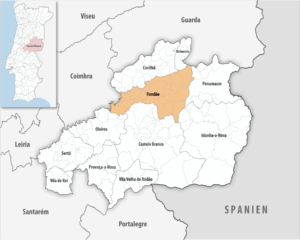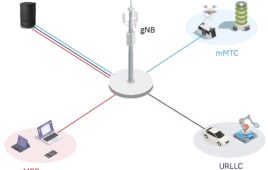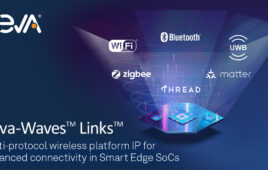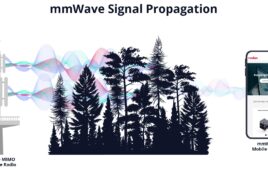When complete, Altran’s 5G test lab will emulate all parts of a network, letting hardware engineers, network engineers, and software developers test products at any point in the 5G network. 5G Technology World interviewed Altran’s Shamik Mishra, CTO Connectivity, about the lab.
5G consists of many parts and each part, of course, needs testing. Testing goes from cell phones, customer premise equipment and IoT devices to base stations, radio access networks, transport networks, core networks, edge computers, and applications at any point along the way. Test equipment lets you test radios and other parts of the 5G infrastructure in isolation by emulating network interfaces and functions. Sometimes, however, you’d like to test your product on a complete functional network before deploying. That’s where Altran’s 5G test lab comes in.
Based in Fundão, Portugal[/caption] and accessible at anytime from anywhere, the test lab, when complete, will let you insert your product under test anywhere in the network. In the video, 5G Technology World interviewed Shamik Mishra, CTO Connectivity at Altran. He explains the features of the lab and how to use it.
As of publication time, the lab doesn’t contain all parts of a 5G network. That’s coming, says Mishra. The wired network part of 5G is running and Mishra hopes to add the radio and radio access network (RAN) — including open RAN — in the coming months. Mishra also plans to add mobile edge computing to the test lab’s network. The complete radio part of the test network is currently undergoing regulatory approvals. Mishra expects the that to go online in the first quarter of 2021. In the meantime, the lab’s engineers can test radios only within the lab’s confines.
“For now, the test lab’s capabilities focus on the network infrastructure,” said Mishra. The lab focuses on the 5G RAN, transport (fronthaul, backhaul, and mid-haul), and core functions. The lab’s capabilities also include edge computing and the telco cloud. “Each network is different, and the test lab’s networks need flexibility to adapt to different use cases.
As the test lab is a work in progress, it must first prove that it can run use cases, then it must run low-latency use cases within the time constraints. Finally, it must scale to the point of operating like a carrier’s network. Mishra said that the network’s RAN will be open, which will let it accommodate distributed units and centralized units from numerous providers, running the units on commodity hardware. That’s the point of open RAN.
Once the lab is fully operational and it’s been tested for all network functions, Mishra plans to use it for testing complete use cases such as for factory automation. Such use cases will need a time-sensitive network.






Dear Sir / Mdm
Warmest Greetings from Brunei …
We should be most grateful if you could kindly propose basic testing equipment + software and etc with CIF price to set up 5G Laboratory.
Looking forward to hearing from you soon
Warmest Regards
Suzie Hong
T-Manager
KD-Didactic (B) Sdn Bhd
A9 Level 1
Setia Kenangan
Kiulap BE1518,
Brunei